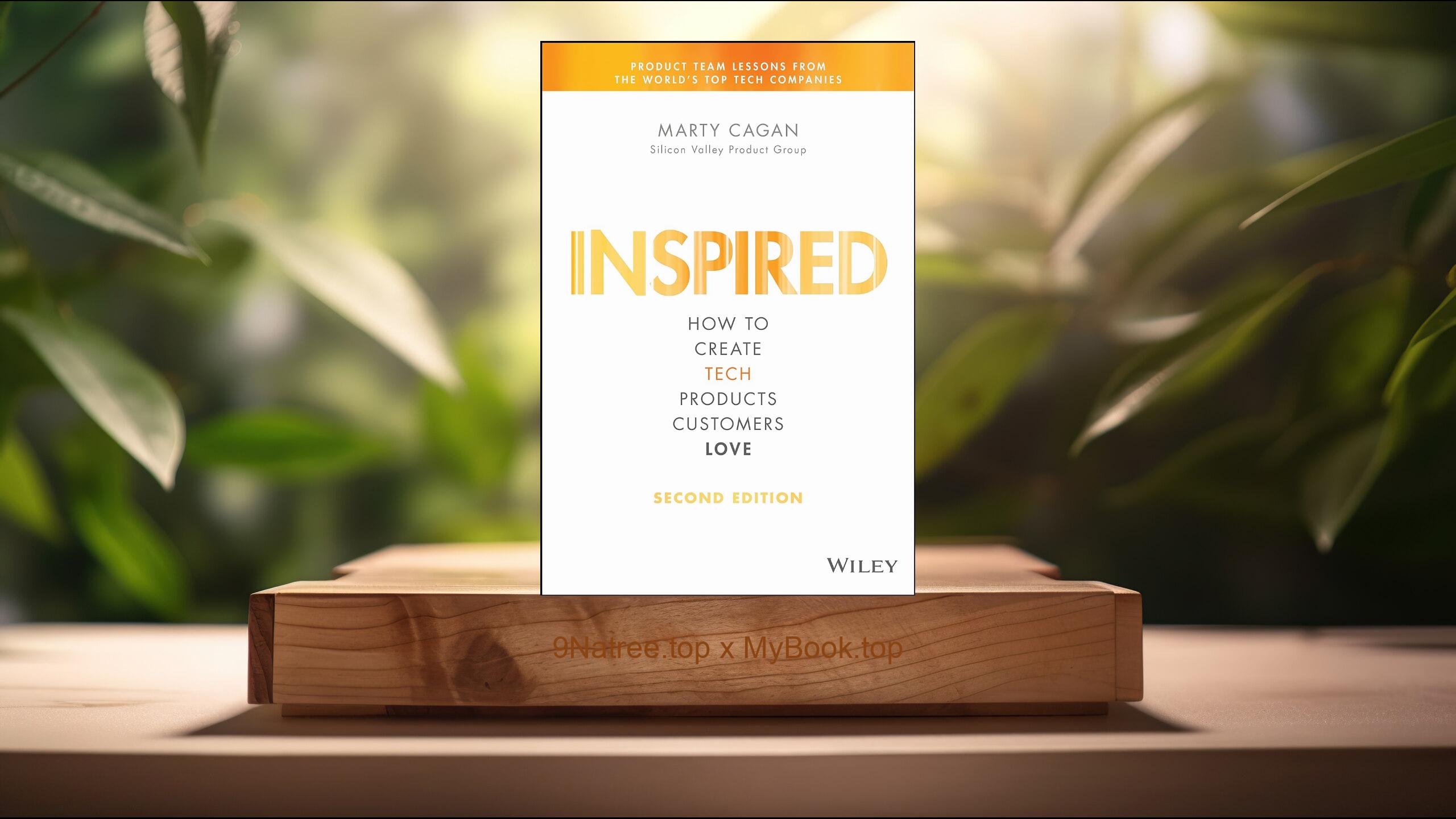Show Notes
- Amazon Books: https://www.amazon.com/dp/B07YRY461Y?tag=9natree-20
- Apple Books: https://books.apple.com/us/audiobook/how-to-avoid-a-climate-disaster-the-solutions-we/id1551440983?itsct=books_box_link&itscg=30200&ls=1&at=1001l3bAw&ct=9natree
- eBay: https://www.ebay.com/sch/i.html?_nkw=How+to+Avoid+a+Climate+Disaster+Bill+Gates+&mkcid=1&mkrid=711-53200-19255-0&siteid=0&campid=5339060787&customid=9natree&toolid=10001&mkevt=1
- Read more: https://mybook.top/read/B07YRY461Y/
#ClimateChange #GreenhouseGasEmissions #CleanEnergy #BillGates #EnvironmentalSustainability #Innovation #GlobalWarming #TechnologyandClimate #HowtoAvoidaClimateDisaster
These are takeaways from this book.
Firstly, Understanding Climate Change, Bill Gates begins by offering a comprehensive understanding of climate change, distinguishing it as one of the most significant challenges facing humanity. He discusses the scientific foundation of climate change, emphasizing the role of greenhouse gases, such as CO2, in trapping heat in the atmosphere, leading to global warming. Gates explains how climate change is not just an environmental issue but intersects with economics, social justice, and health, creating a multifaceted problem that necessitates a multifaceted solution. He stresses the importance of a detailed understanding of climate change’s mechanisms and impacts as a prerequisite for effective action.
Secondly, Reducing Greenhouse Gas Emissions, A central theme of the book is the imperative need to drastically reduce greenhouse gas emissions, which Gates approaches from multiple angles. He breaks down emissions into different sectors, including energy, manufacturing, agriculture, and transportation, and evaluates their impact and the challenges in mitigating them. Gates highlights existing technologies and practices that can reduce emissions in these sectors and emphasizes the importance of innovation and scaling these solutions. He proposes a mix of policy, technology, and market solutions to achieve significant reductions, advocating for a global cooperative effort.
Thirdly, Technological Innovations and Breakthroughs, Gates expresses a strong belief in the power of technological innovation as a critical solution to climate change. He meticulously reviews potential breakthroughs in clean energy technologies, such as advanced nuclear reactors, carbon capture and storage, and green hydrogen. He insists on the necessity of investing in research and development to make these technologies economically viable and widely accessible. Gates argues that while current technology can take us far, true sustainability will require pioneering solutions that may currently be in their nascent stages, highlighting the role of governments, private sector, and philanthropies in this endeavor.
Fourthly, The Role of Governments and Policy, Gates discusses the essential role governments must play in combating climate change through policy and regulation. He advocates for policies that encourage innovation, reduce emissions, and promote clean energy adoption. Gates calls for carbon pricing, subsidies for green technologies, and stringent emissions standards to motivate both individuals and industries towards sustainable practices. He underlines the importance of international cooperation and agreements, pointing out that climate change is a global issue that requires a coordinated global response. Through effective policy, governments can create the frameworks necessary for wide-scale environmental transformation.
Lastly, The Importance of Individual and Collective Action, Lastly, Gates emphasizes the role of individual and collective actions in combating climate change. He argues that while systemic change is crucial, personal responsibility and grassroots activism play a significant part in driving demand for green technologies and sustainable practices. Gates encourages individuals to adopt more sustainable lifestyles, support policies and companies that prioritize the environment, and stay informed about climate issues. This bottom-up approach, coupled with top-down policy and innovation, forms the backbone of Gates’ strategy for averting a climate disaster, showcasing the power of combined efforts.
![[Review] How to Avoid a Climate Disaster (Bill Gates) Summarized](https://episodes.castos.com/660078c6833215-59505987/images/1773739/c1a-085k3-7nq5qv2ohrk8-ejo8zo.jpg)




